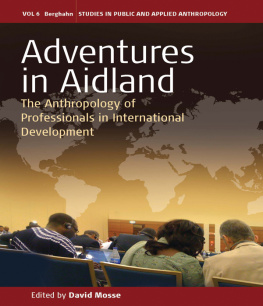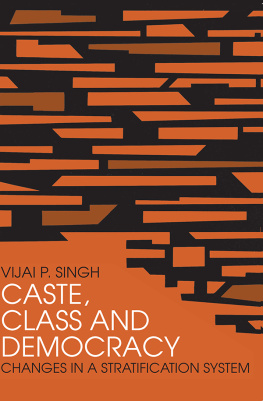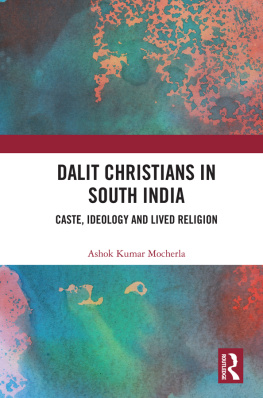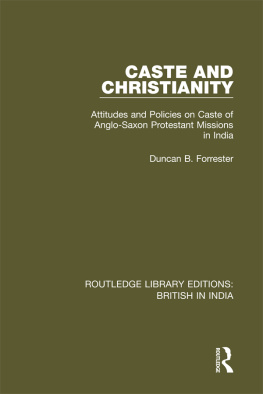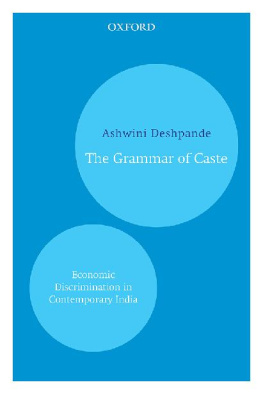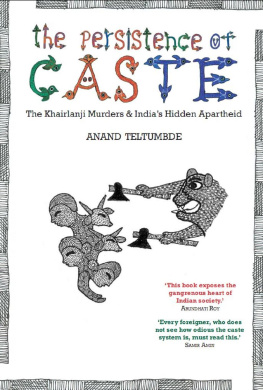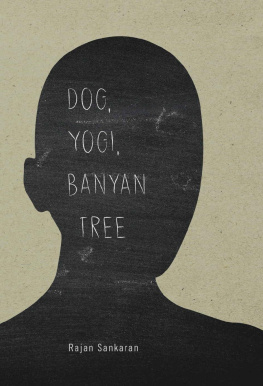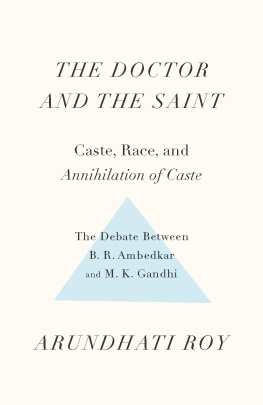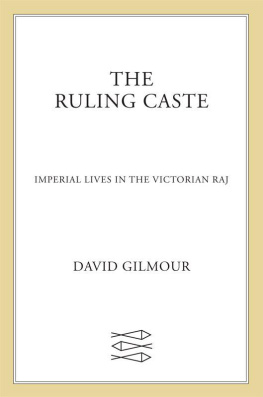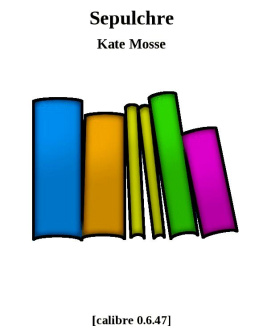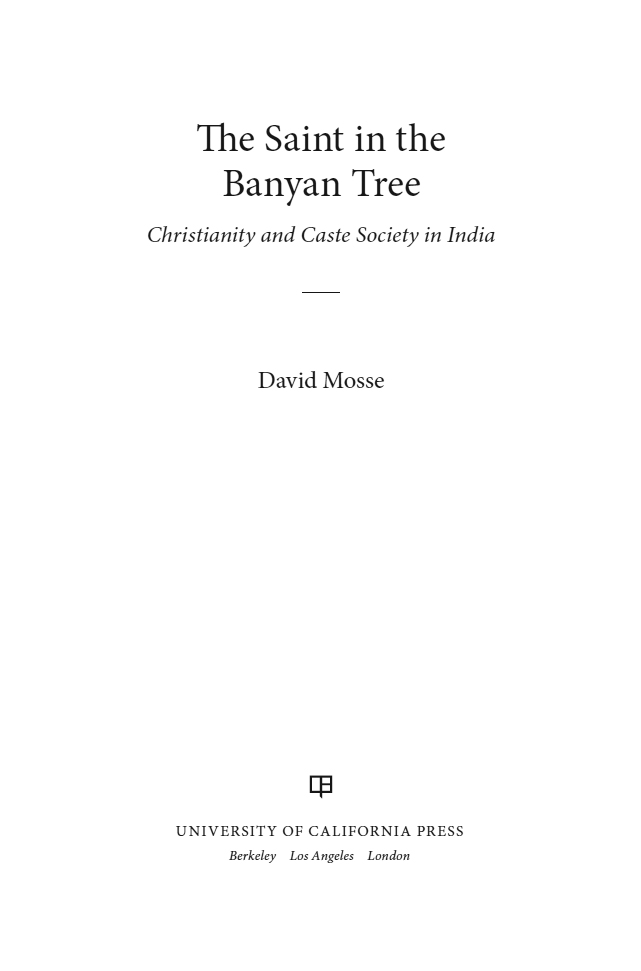
BOOK
The Philip E. Lilienthal imprint
honors special books
in commemoration of a man whose work
at University of California Press from 1954 to 1979
was marked by dedication to young authors
and to high standards in the field of Asian Studies.
Friends, family, authors, and foundations have together
endowed the Lilienthal Fund, which enables UC Press
to publish under this imprint selected books
in a way that reflects the taste and judgment
of a great and beloved editor.
The Saint in the Banyan Tree
The publisher gratefully acknowledges the generous support of
the Philip E. Lilienthal Asian Studies Endowment Fund of the
University of California Press Foundation, which was
established by a major gift from Sally Lilienthal.
THE ANTHROPOLOGY OF CHRISTIANITY
Edited by Joel Robbins
- Christian Moderns: Freedom and Fetish in the Mission Encounter, by Webb Keane
- A Problem of Presence: Beyond Scripture in an African Church, by Matthew Engelke
- Reason to Believe: Cultural Agency in Latin American Evangelicalism, by David Smilde
- Chanting Down the New Jerusalem: Calypso, Christianity, and Capitalism in the Caribbean, by Francio Guadeloupe
- In Gods Image: The Metaculture of Fijian Christianity, by Matt Tomlinson
- Converting Words: Maya in the Age of the Cross, by William F. Hanks
- City of God: Christian Citizenship in Postwar Guatemala, by Kevin ONeill
- Death in a Church of Life: Moral Passion during Botswanas Time of AIDS, by Frederick Klaits
- Eastern Christians in Anthropological Perspective, edited by Chris Hann and Hermann Goltz
- Studying Global Pentecostalism: Theories and Methods, by Allan Anderson, Michael Bergunder, Andre Droogers, and Cornelis van der Laan
- Holy Hustlers, Schism, and Prophecy: Apostolic Reformation in Botswana, by Richard Werbner
- Moral Ambition: Mobilization and Social Outreach in Evangelical Megachurches, by Omri Elisha
- Spirits of Protestantism: Medicine, Healing, and Liberal Christianity, by Pamela E. Klassen
- The Saint in the Banyan Tree: Christianity and Caste Society in India, by David Mosse
The Saint in the
Banyan Tree
Christianity and Caste Society in India
______
David Mosse

UNIVERSITY OF CALIFORNIA PRESS
Berkeley Los Angeles London
University of California Press, one of the most distinguished university presses in the United States, enriches lives around the world by advancing scholarship in the humanities, social sciences, and natural sciences. Its activities are supported by the UC Press Foundation and by philanthropic contributions from individuals and institutions. For more information, visit www.ucpress.edu.
University of California Press
Berkeley and Los Angeles, California
University of California Press, Ltd.
London, England
2012 by The Regents of the University of California
Library of Congress Cataloging-in-Publication Data
Mosse, David.
The saint in the banyan tree : Christianity and caste society in India / David Mosse.
p. cm. (The anthropology of Christianity ; 14)
Includes bibliographical references (p. ) and index.
ISBN 978-0-520-25316-2 (cloth : alk. paper) ISBN 978-0-520-27349-8 (pbk. : alk. paper) ISBN 978-0-520-95397-0 (ebook)
1. ChristianityIndia, South. 2. Tamil (Indic people)Religion. 3. Christianity and other religions. 4. Social classesIndia, SouthReligious aspects. 5. CasteReligious aspectsChristianity. I. Title.
BR1156.I54M67 2012
275.4'0808694dc23
2012021913
Manufactured in the United States of America
In keeping with a commitment to support environmentally responsible and sustainable printing practices, UC Press has printed this book on fifty-pound Enterprise, a 30 percent post-consumer-waste, recycled, deinked fiber that is processed chlorine-free. It is acid-free and meets all ANSI/NISO ( Z 39.48) requirements.
CONTENTS
ILLUSTRATIONS
FIGURES
MAPS
TABLES
PREFACE
Anywhere between 2.3 and 6 percent of the Indian population are Christian, 24 to 68 million people.). This locality offers up some of its history through a rich archive of letters, diaries, and notebooks from generations of mostly Jesuit priests who worked there from the early eighteenth century, including the parish priests who lived in the village of what I shall call Alapuram, where I stayed in 198284 and to which I have often returned since.
Alapuram, meaning village of the banyan tree, is the pseudonym I have invented (to preserve anonymity for present-day informants and to ensure consistency with other published research) for a settlement first mentioned in Jesuit letters of the 1730s as the site of a popular pilgrimage focusing on the miracle-working tree of Santiykappar, or Saint James the Greater. The saint had been brought from a coastal shrine to this interior village several decades earlier by four brothers, ancestors of the subordinated Paar caste (long treated as untouchable), in the form of a cutting from a sacred banyan tree by which the same saint had healed their crippled sister. This legend and its central image the saint in the banyan treeinvokes the central problematic of this bookthe relationship between Christianity and culture, and between the Catholic Church and Tamil societywhile pointing to broader questions concerning religious pluralism in India.

MAP 1. Ramnad and Sivagangai districts (Tamil Nadu), showing Christian and Hindu centers.
The banyan tree (Ficus benghalensis or Ficus indica) is a pervasive metaphor of (and within) what has come be known as Hinduism. Commonly divinized, taken to represent eternal life, or used as an image of the all-encompassing mantle of Hinduism by todays religious nationalists, the banyan tree was also a favored motif in the colonial and orientalist imagination. It signaled difference as well as fecundity and complexity. Growing up, out and down at the same time, its swirling lateral growths indicated the tangled web of otherness of the East. It stood as a symbol of the inscrutable depths of Indian spirituality, the interlocked lattice of caste, and bafflement to Western rationality (Pinney 1992, 17172, in Lipner 2006, 9697). The overarching theme of this book, however, is not Christianity trapped and timeless in the syncretic, polycentric unity-indiversity banyan tree of Hinduismcertainly not that only. Rather, it is the history of missionization, political struggle, and caste politics that begins with, and centers on, an actual tree shrine through which a domain of Indian Catholic religion was worked-out locally by missionaries and missionized alike in tension with Tamil society. Christianity is here conceived neither as inescapably merged into indigenous religious life nor as a purely external force confronting indigenous culture (van der Veer 2002, 176). Instead, the religious, institutional, and social distinctiveness of Christianity and the separateness of culture are to be regarded as the



